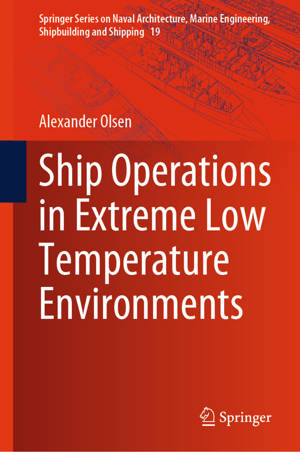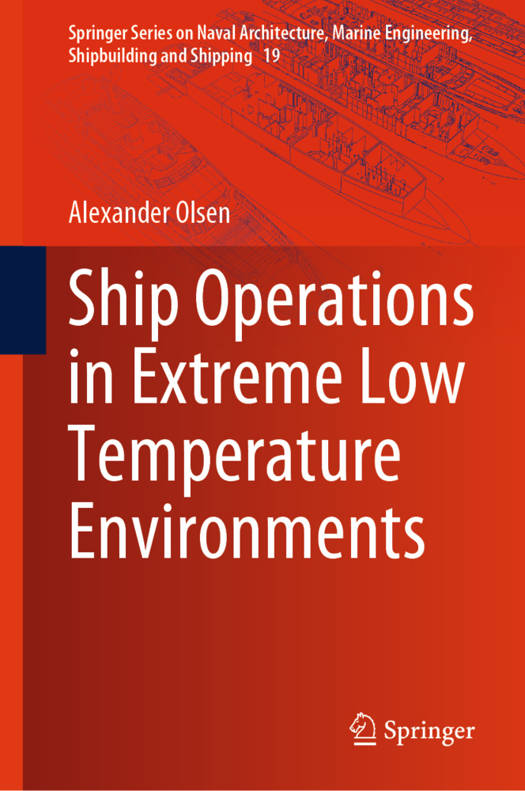
- Retrait gratuit dans votre magasin Club
- 7.000.000 titres dans notre catalogue
- Payer en toute sécurité
- Toujours un magasin près de chez vous
- Retrait gratuit dans votre magasin Club
- 7.000.0000 titres dans notre catalogue
- Payer en toute sécurité
- Toujours un magasin près de chez vous
Ship Operations in Extreme Low Temperature Environments
Alexander OlsenDescription
This book recognizes the fact that the vessels' intended operational profile may vary as some vessels are intended to operate with the assistance of an ice breaker and others are intended to operate independently. The guidance provided in this book is proposed to apply to all vessels that are designed, equipped and intended to operate in low-temperature environments. Special attention is given to those vessels operating for extended periods in the Arctic regions, as this presents specific and unique challenges for vessels and crew members. The application of the guidance in this book is optional. When a vessel is designed, equipped, built and surveyed in accordance with the relevant class rules, and when found satisfactory during class notation survey, a classification notation may be granted which demonstrates the vessel's compliance with the appropriate class requirements for vessels operating in low-temperature environments. Those vessels that are designed to meet the requirements of an ice class are typically required to meet specific class rules around "strengthening for navigation in ice" or other equivalent and recognized ice class rules.
Accordingly, this book also provides guidance related to the requirements which address the duration of emergency electrical power. This extended emergency power duration is expressed in hours and may be appended to the base optional class notations. To provide as much context as possible, this book refers to the most relevant international regulations and standards that are considered to be applicable. It is recommended that readers of this book refer to the most recent text of those regulations and standards when seeking to apply the guidance set out herein, as it is the intent of the book to remain consistent with the pertinent international regulations and standards developed by the global maritime industry.
Spécifications
Parties prenantes
- Auteur(s) :
- Editeur:
Contenu
- Nombre de pages :
- 539
- Langue:
- Anglais
- Collection :
- Tome:
- n° 19
Caractéristiques
- EAN:
- 9783031525124
- Date de parution :
- 15-02-24
- Format:
- Livre relié
- Format numérique:
- Genaaid
- Dimensions :
- 232 mm x 150 mm
- Poids :
- 1088 g

Les avis
Nous publions uniquement les avis qui respectent les conditions requises. Consultez nos conditions pour les avis.






